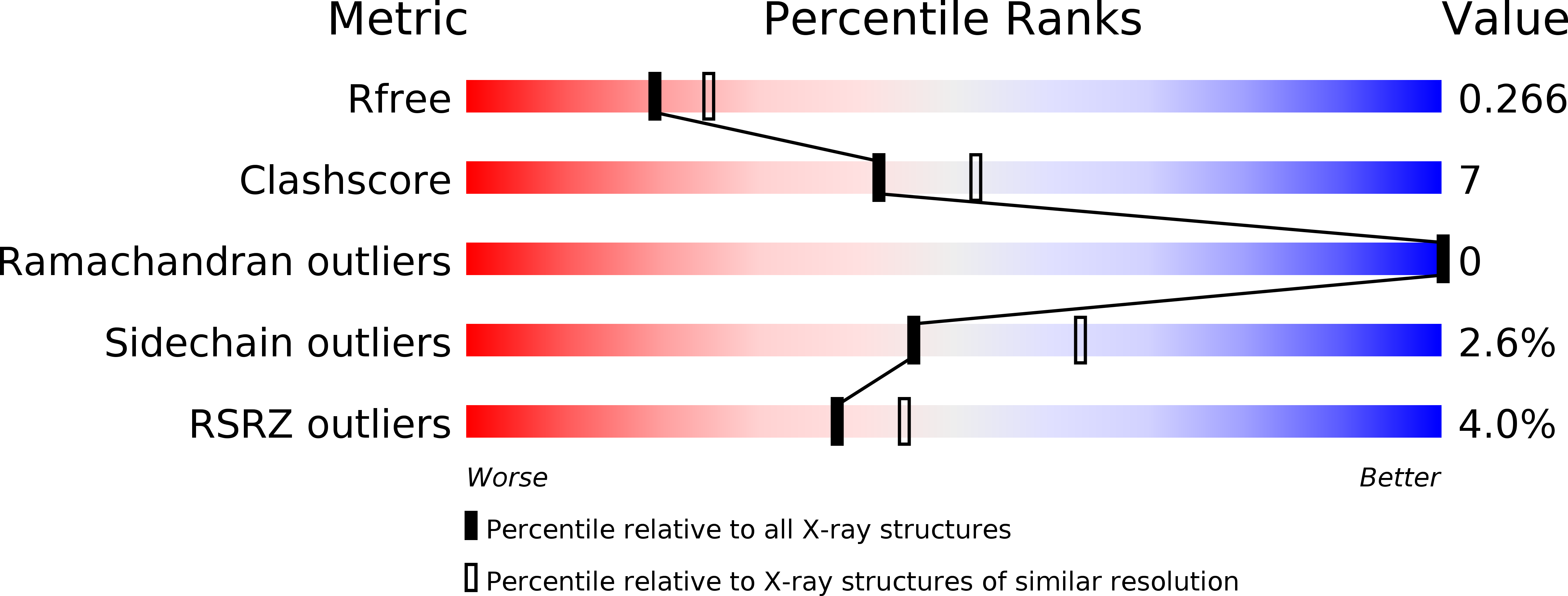
Deposition Date
2019-02-07
Release Date
2020-02-12
Last Version Date
2023-11-22
Entry Detail
PDB ID:
6JEZ
Keywords:
Title:
Covalent labeling of rVDR-LBD by turn-on fluorescent probe mediated by conjugate addition and cyclization
Biological Source:
Source Organism:
Rattus norvegicus (Taxon ID: 10116)
Homo sapiens (Taxon ID: 9606)
Homo sapiens (Taxon ID: 9606)
Host Organism:
Method Details:
Experimental Method:
Resolution:
2.30 Å
R-Value Free:
0.25
R-Value Work:
0.20
R-Value Observed:
0.20
Space Group:
C 1 2 1


